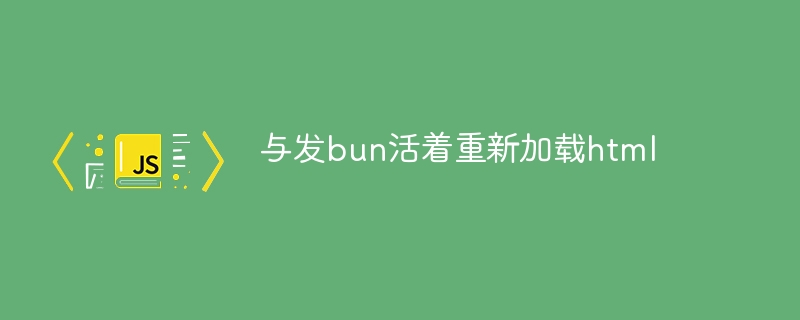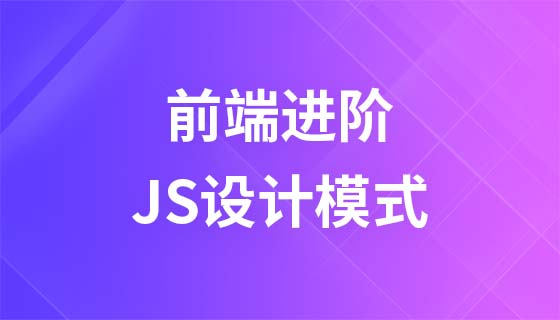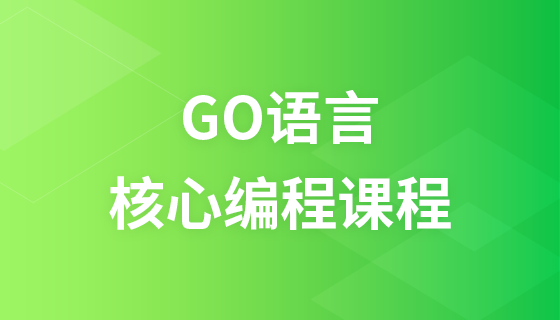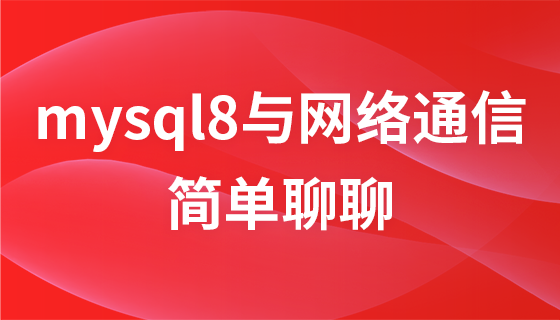与发bun活着重新加载html
时间:2025-02-07 16:28:21 212浏览 收藏
今天golang学习网给大家带来了《与发bun活着重新加载html》,其中涉及到的知识点包括等等,无论你是小白还是老手,都适合看一看哦~有好的建议也欢迎大家在评论留言,若是看完有所收获,也希望大家能多多点赞支持呀!一起加油学习~
This article demonstrates how to create a simple live reload mechanism for HTML content using Bun's built-in HTTP server and Server-Sent Events (SSE). This allows the browser to automatically refresh whenever the server-side code changes, eliminating the need for manual refreshes.

The Problem: Bun's bun -hot command reloads the server on code changes, but the browser doesn't automatically refresh, requiring manual intervention.
The Solution (SSE): This approach leverages SSE, a unidirectional communication method (server to browser), avoiding the overhead of a full WebSocket connection. When the server restarts (due to code changes), it sends an SSE message to the browser, triggering a page reload.
Implementation Steps:
-
SSE Endpoint: Create a
/__bun_live_reloadendpoint that returns aReadableStreamwith atext/event-streamcontent type. This stream will send the reload signal. -
Injecting the Client-Side Script: A JavaScript snippet is injected into every HTML response. This script uses the
EventSourceAPI to listen for messages from the/__bun_live_reloadendpoint. Upon receiving a message,location.reload()refreshes the page. -
Handling Server Reloads: Bun's hot reload mechanism is utilized. A global variable (
globalThis.client) stores theReadableStreamDefaultController. When the server restarts, a message ("data:\n\n") is sent viaglobalThis.client?.enqueue()to the browser through the SSE stream. -
withHtmlLiveReloadWrapper: A function wraps the originalfetchhandler. It intercepts responses, injects the client-side script, and handles the SSE endpoint.
Code (bun-html-live-reload.ts):
declare global {
var client: ReadableStreamDefaultController | undefined;
}
type Fetch = (req: Request) => Promise<response>;
const liveReloadScript = `
new EventSource("/__bun_live_reload").onmessage = () => {
location.reload();
};
`;
export function withHtmlLiveReload(handler: Fetch): Fetch {
return async (req) => {
if (new URL(req.url).pathname === "/__bun_live_reload") {
const stream = new ReadableStream({
start(controller) {
globalThis.client = controller;
},
});
return new Response(stream, {
headers: {
"Content-Type": "text/event-stream",
"Cache-Control": "no-cache",
},
});
}
const response = await handler(req);
const htmlText = await response.text();
const newHtmlText = htmlText + liveReloadScript;
return new Response(newHtmlText, { headers: response.headers });
};
}
// Example usage in your server.ts:
import { withHtmlLiveReload } from "./bun-html-live-reload";
bun.serve({
fetch: withHtmlLiveReload(async (req) => {
return new Response("<h1>Hello, world!</h1>", {
headers: { "Content-Type": "text/html" },
});
}),
});
// In your server.ts, make sure to add this to trigger the reload:
globalThis.client?.enqueue("data:\n\n");</response>
By using this withHtmlLiveReload function, you can easily add live reload functionality to your Bun server-rendered websites. Remember to run your server with bun -hot.
本篇关于《与发bun活着重新加载html》的介绍就到此结束啦,但是学无止境,想要了解学习更多关于文章的相关知识,请关注golang学习网公众号!
-
502 收藏
-
501 收藏
-
501 收藏
-
501 收藏
-
501 收藏
-
440 收藏
-
447 收藏
-
450 收藏
-
306 收藏
-
408 收藏
-
141 收藏
-
426 收藏
-
323 收藏
-
476 收藏
-
270 收藏
-
161 收藏
-
148 收藏
-

- 前端进阶之JavaScript设计模式
- 设计模式是开发人员在软件开发过程中面临一般问题时的解决方案,代表了最佳的实践。本课程的主打内容包括JS常见设计模式以及具体应用场景,打造一站式知识长龙服务,适合有JS基础的同学学习。
- 立即学习 543次学习
-

- GO语言核心编程课程
- 本课程采用真实案例,全面具体可落地,从理论到实践,一步一步将GO核心编程技术、编程思想、底层实现融会贯通,使学习者贴近时代脉搏,做IT互联网时代的弄潮儿。
- 立即学习 516次学习
-

- 简单聊聊mysql8与网络通信
- 如有问题加微信:Le-studyg;在课程中,我们将首先介绍MySQL8的新特性,包括性能优化、安全增强、新数据类型等,帮助学生快速熟悉MySQL8的最新功能。接着,我们将深入解析MySQL的网络通信机制,包括协议、连接管理、数据传输等,让
- 立即学习 500次学习
-

- JavaScript正则表达式基础与实战
- 在任何一门编程语言中,正则表达式,都是一项重要的知识,它提供了高效的字符串匹配与捕获机制,可以极大的简化程序设计。
- 立即学习 487次学习
-

- 从零制作响应式网站—Grid布局
- 本系列教程将展示从零制作一个假想的网络科技公司官网,分为导航,轮播,关于我们,成功案例,服务流程,团队介绍,数据部分,公司动态,底部信息等内容区块。网站整体采用CSSGrid布局,支持响应式,有流畅过渡和展现动画。
- 立即学习 485次学习
